Session 2 – A Session for a Young Model (continued)
By Gary Bernstein
Shot 4-14
Light Source: One Hot Light in a 24 inch white shoot-thru umbrella
Location: Studio no-seam white background
Camera: 4 and 6 MB Digital Cameras with Zooms (short telephoto)

Photograph © Gary Bernstein . All Rights Reserved
Shot 4-14
Shot 4-14 is the exact same setup as 4-13. We just changed the wardrobe and the attitude; and added a bit more fill from the reflector (hats are a pain – so make sure the light reaches the model’s eyes!). When I am using a reflector, I ask my assistant to bring it “in and out” at will—after I have shown him the position, angle and range I am looking for. Bottom line: The look and facial modeling is always controlled by the key light or main light (so moving the reflector in and out simply affects contrast and fill meaning the lighting ratio). Again, the “fashion” gray background is approximately a 2 to 2.5 step falloff of the main light rendering the white background as medium gray.
Question: “So how do I keep my white background white?” There are two ways primarily: 1) use a secondary light (or two lights at 45-degree angles to the background to avoid flare) that balances with the exposure on the subject, or 2) use one light but back it far enough away that the exposure on the subject and the background is just about equal. Always relate lighting to natural light. For example, a person standing on 4th street receives the same exposure as the person standing on 5th street. Why is that? It is because the light (the sun in this case or even on a cloudy day) is so far away from the subject that the exposures are balanced. And if you’re so inclined: look up the inverse-square law!
An example below of using 2 back lights to create a white background in this photograph I made for ABC Television of a young, pretty Alyssa Milano – back in the day ;)! Image was made on a 6 x 6 camera with a 150mm lens on Ektachrome film.

Session 2 – A Session for a Young Model
Variation: Shooting Against Type
Shot 4-15
Light Source: One Hot Light
Location: Studio no-seam white cove background
Camera: 4 and 6 MB Digital Cameras with Zooms (long telephoto)

Photograph © Gary Bernstein . All Rights Reserved
Shot 4-15
Shot 4-15 was the last change of the day, and I went against type. I knew that if this young lady was to work (and she is, indeed, an excellent model, works the camera great, is a good height at 5-8), that the majority of jobs would be for clients wanting someone her age—16. Just for variety, in this shot, I went for a more sophisticated look—captured with a longer telephoto to compress the model’s features and the graphics of the shot; and went with a significant change in the hair, the styling and in the attitude. Yes, it works. Notice how the background shadows become part of the composition framing the subject.
Once again, the image was made with a single spotlight on a straight stand—the light this time placed directly over the top of my lens—and created “butterfly lighting (the shadow of the nose is on center, as is the shadow on her neck from the jaw). Notice the cropping—keeping the eyes in the upper third of the composition even though this is a horizontal image. The higher the eyes are in the frame, the more impactful the photograph. What is achievable in the studio can be created on location as well—sometimes just with the help of Mother Nature. The exact same lighting and contrast ratio is presented below in this Max Factor ad I shot with Lena Harris. The only difference is that the light is direct sunlight (another small point source light producing great contrast).

PHOTO 4-J
Max Factor Advertisement . Photograph of Lena Harris © Gary Bernstein . All Rights Reserved
Check out Gary's books by clicking below!
Happy Shooting…
More to come!
Next Tip - Shooting Makeup Advertisements on Location!

Gary Bernstein


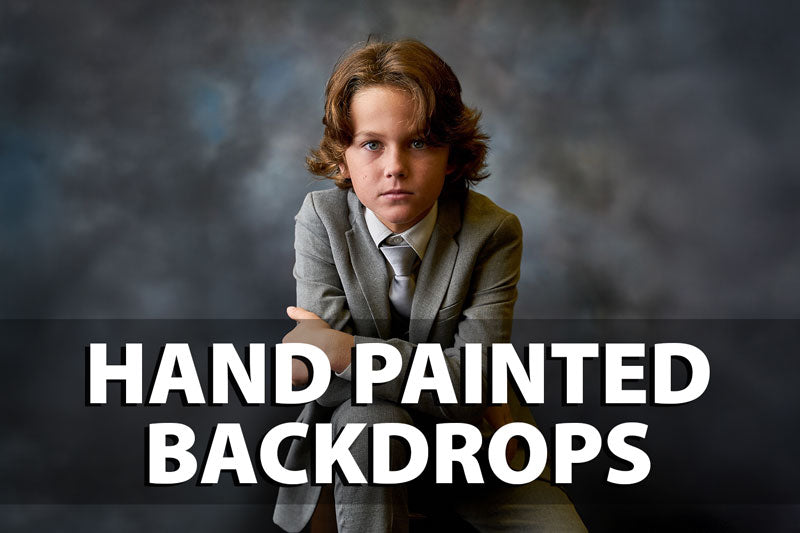

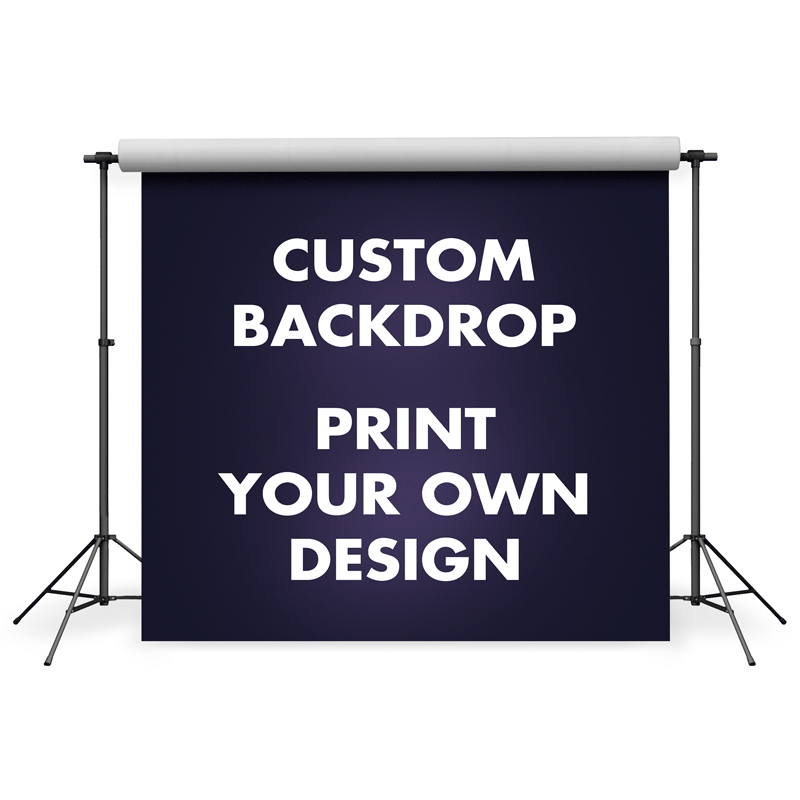


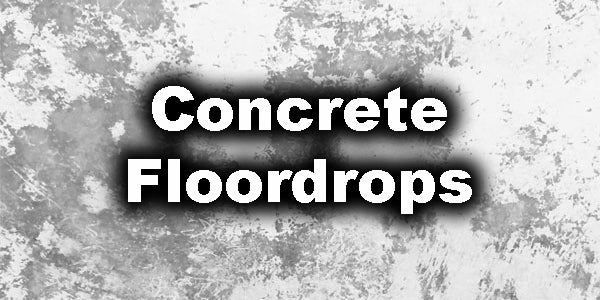

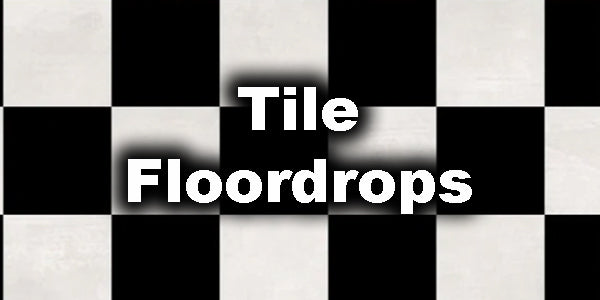

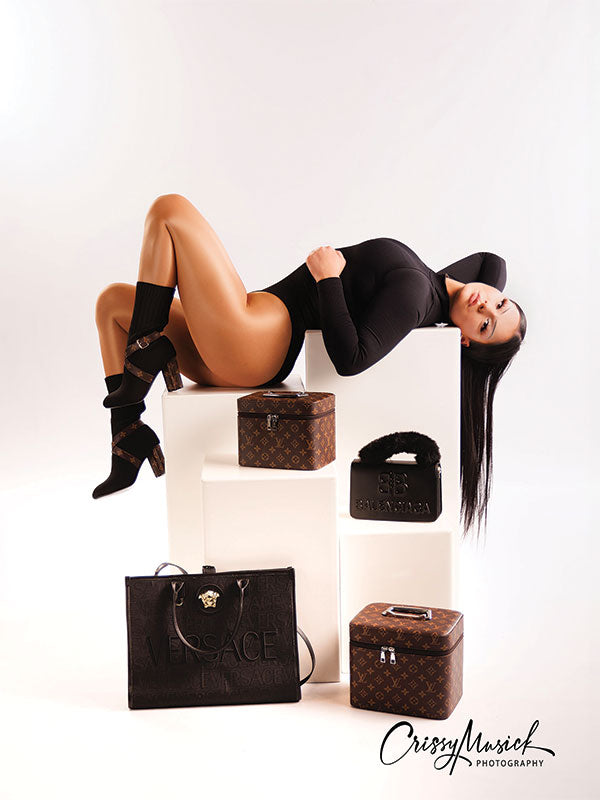
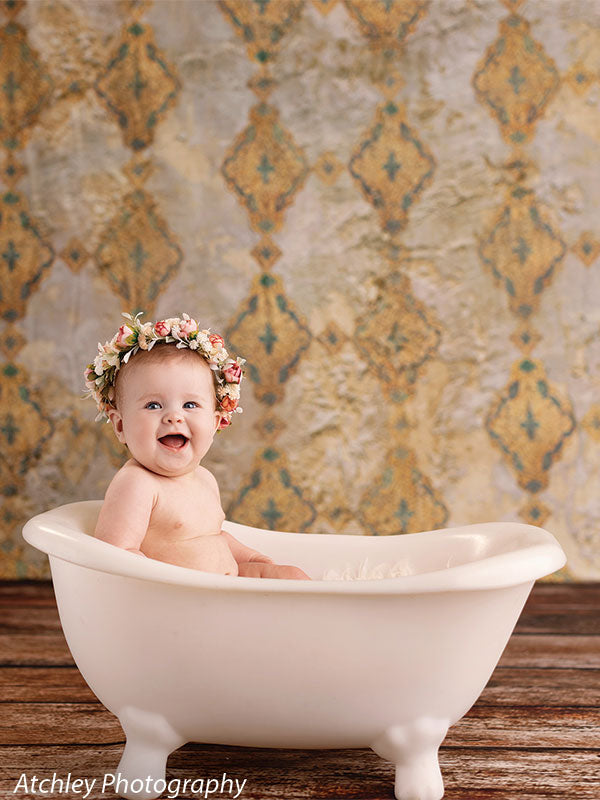
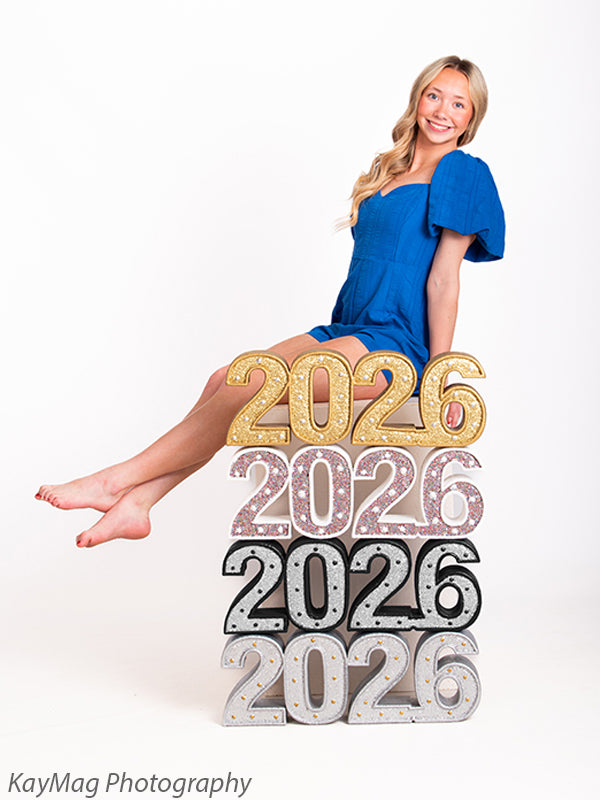

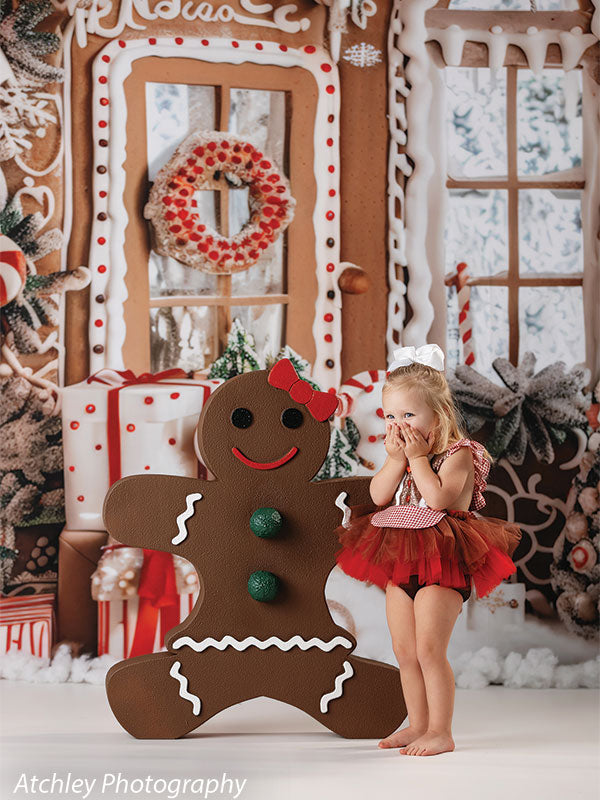

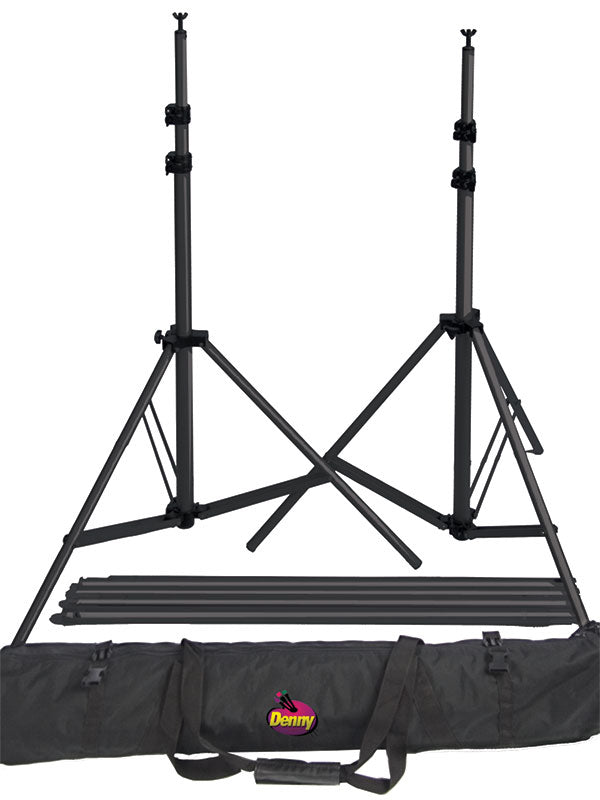
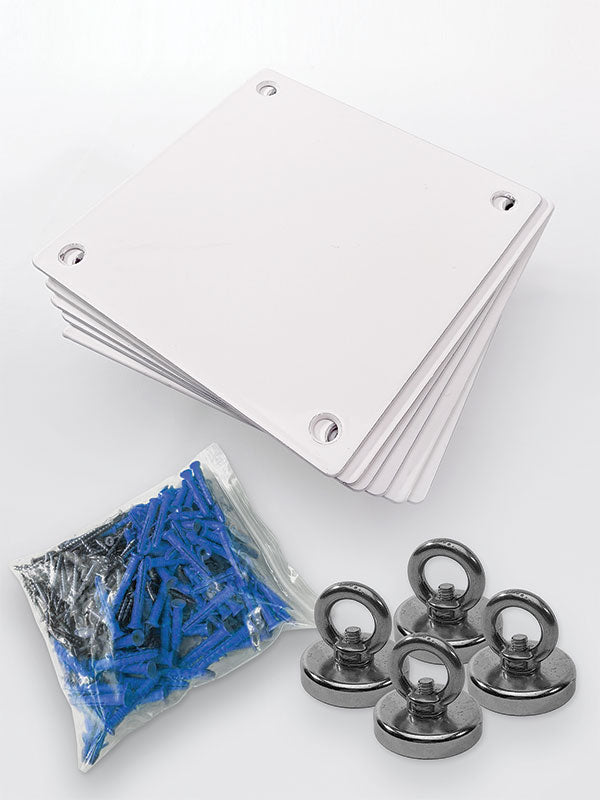
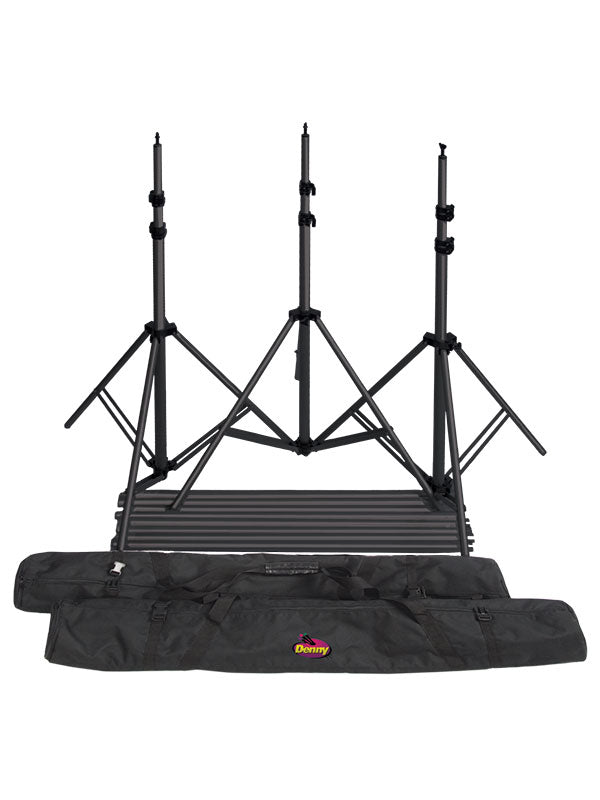
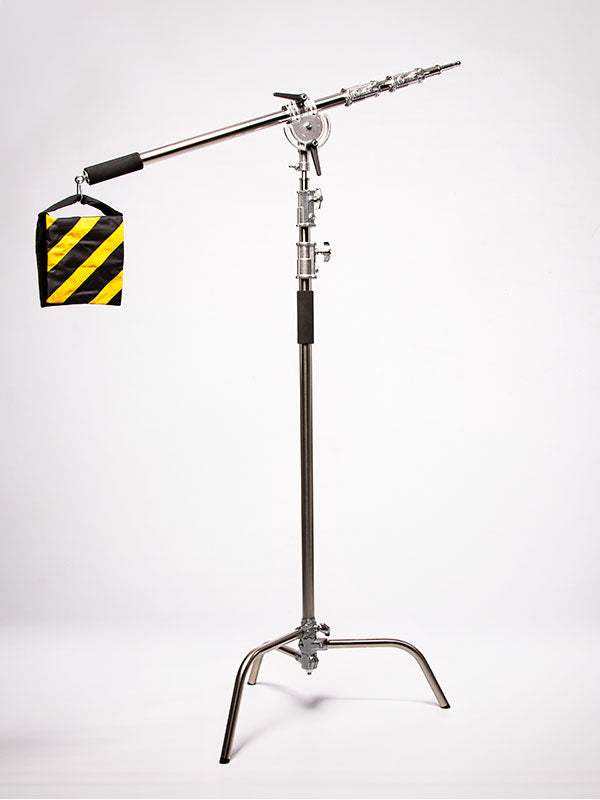

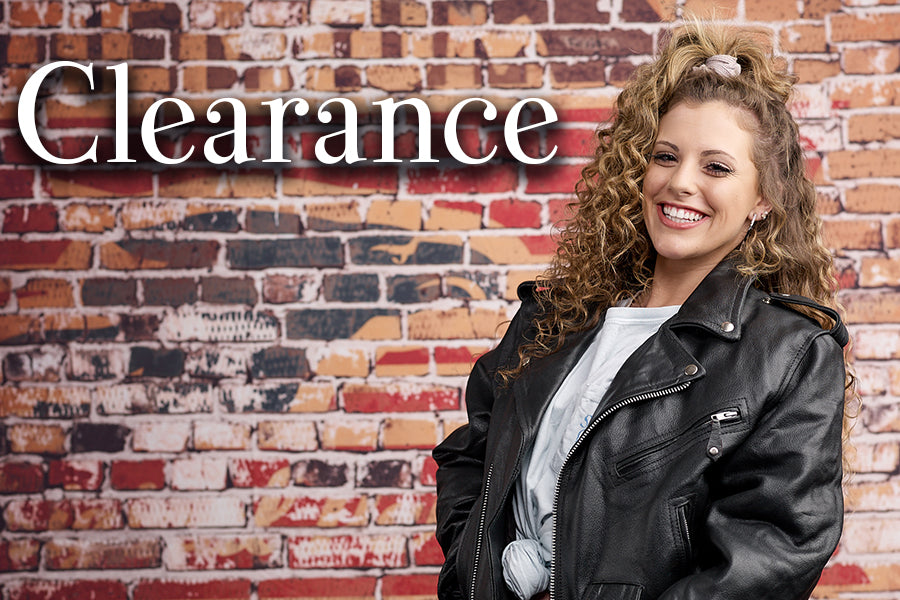
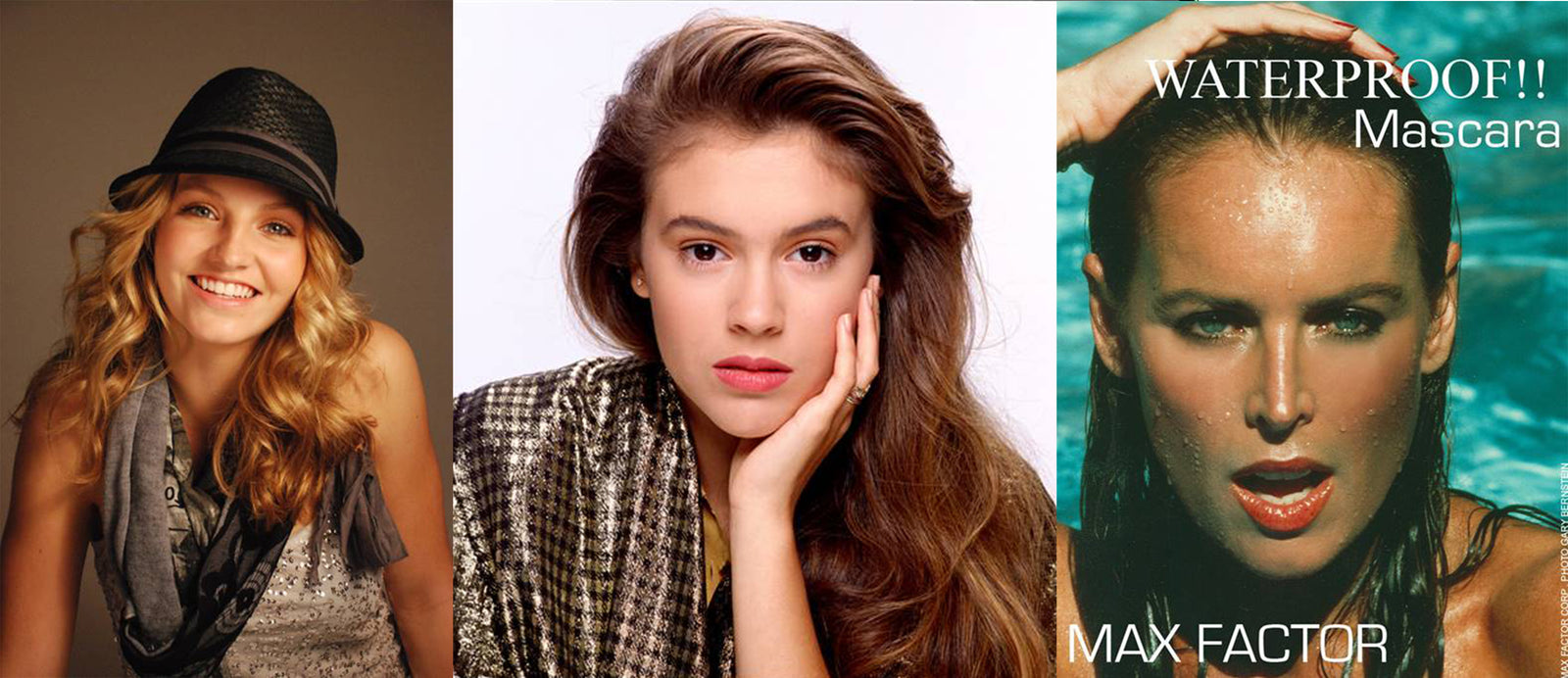



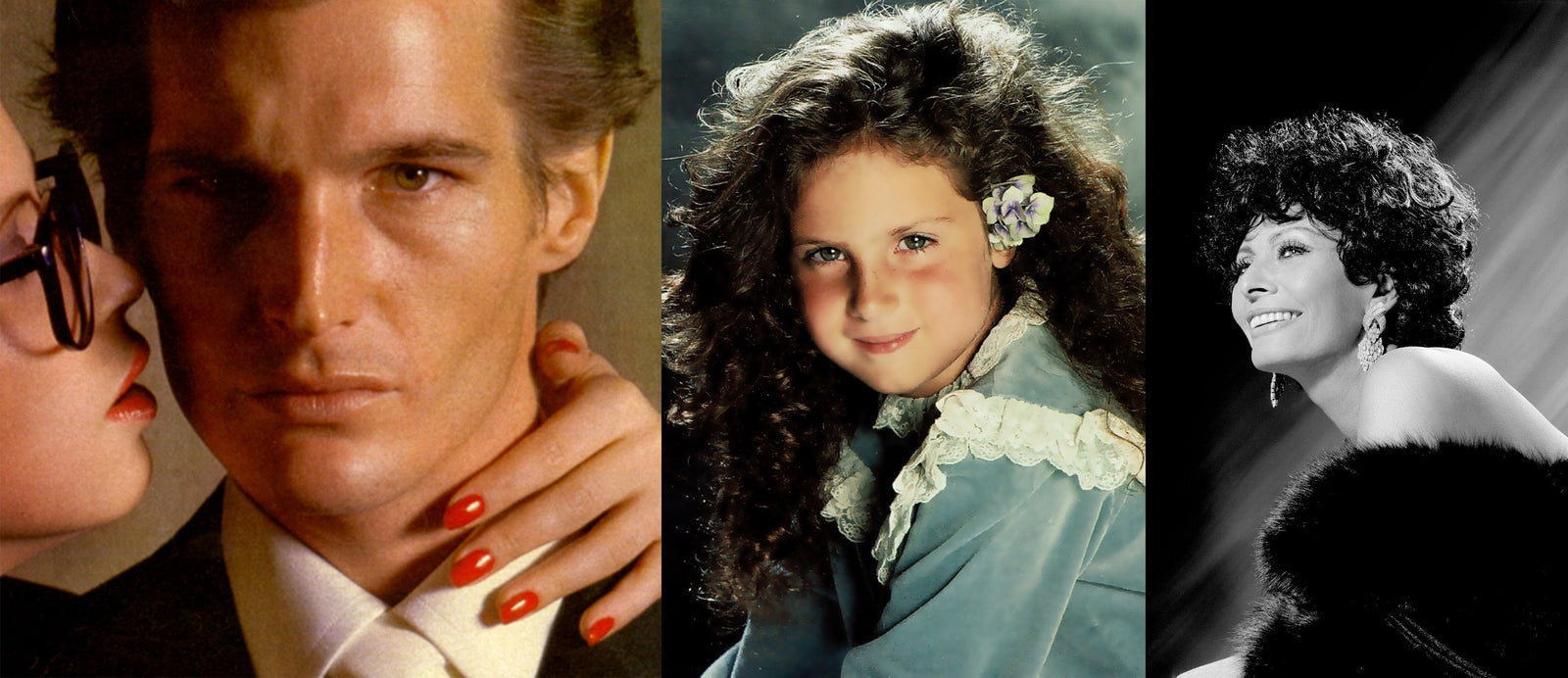

Leave a comment (all fields required)